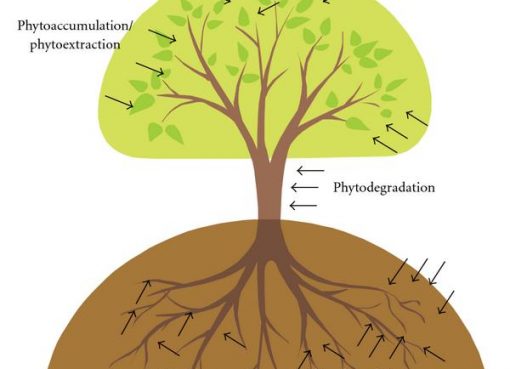Aquaculture, also known as aquafarming, is the breeding, rearing and harvesting of aquatic organisms such as fish, shellfish, crustaceans and molluscs in both coastal and inland areas involving interventions in the rearing process to enhance production. Officially, NOAA (National Oceanic and Atmospheric Administration) defines aquaculture as “the propagation and rearing of aquatic organisms in controlled or selected aquatic environments for any commercial, recreational or public purposes”. Aquaculture involves cultivating freshwater and saltwater populations under controlled conditions and can be contrasted with commercial fishing, that is harvesting of wild fish.
Some types of aquaculture are practiced in the open ocean and in bays where products such as mussels, clams, oysters, salmon, flounder and cobia are grown. Other aquaculture occurs in artificial earthen ponds that are the primary source of farm-raised catfish, tilapia, bass, shrimp, crawfish, baitfish and ornamental fish. Some farms also produce aquatic plants for food, garden ponds, and aquariums, and even for fuel and medicine.
The cultivation of marine species is an ancient practice. The history of aquaculture dates back to 5th century B.C. The ancient Chinese manuscripts indicate the practice of fish culture. Although not as implicit, Egyptian hieroglyphics indicate that the Egyptians of the Middle Kingdom also attempted intensive fish culturing.
Why is aquaculture important to the future of our oceans?
Aquaculture provides reasonably priced, good quality, highly nutritious food while helping to maintain the long-term sustainability of wild caught fisheries and the environment. The production of bivalve shellfish (clams, oysters and mussels) actually provides positive environmental impacts. Their three dimensional structure forms habitats and hiding places for other bottom dwelling organisms, adding to the biodiversity and stability of the marine environment.
Aquaculture, probably the fastest growing food-producing sector, now accounts for almost 50% of the world’s comestible fish production and is perceived as possessing the greatest potential to meet the growing demand for aquatic food.
The state of Assam has the Brahmaputra and Barak river systems and their numerous tributaries, a large number of flood plain wetlands (Beels) and swamps. Despite the vast aquatic resources, Assam has not been able to produce ample fish to cater to the needs of its ever increasing population, when rice and fish are considered to be the two basic items in the diet of the Assamese people. In such a condition, aquaculture can be an alternative for producing more fish to meet the demands of the local population.
Central Institute of Freshwater aquaculture (CIFA), the premier freshwater fisheries research institute of the country has invented many innovative technologies ever since it was established and has contributed greatly towards the Blue Revolution.
What are the obstacles in Aquaculture?
In normal aquaculture, the tank water becomes polluted with fish effluent which gives off high concentrations of ammonia. Water has to be discharged at the rate of 10-20% of the total volume of the tank daily. This uses tremendous amount of water. The water is often pumped into open streams where it pollutes and destroys waterways.
To overcome this deterrent, the concept of aquaponics has proven to be a big boon. Aquaponics fuses aquaculture (raising of aquatic organisms) with hydroponics (cultivation of plants in water). In this system, the fish waste from aquaculture provides an organic source for the growing plants and in turn, the plants provide a natural filter for the water in which the fish live. The third participants are the nitrifying bacteria and composting red worms that thrive in the growing media. They convert the ammonia from the fish waste first into nitrites, then into nitrates and the solids into vermicompost that are food to the plants. Moreover, fish diseases are also rare in aquaponics system.
By- Dr. Himsikha Chakravarty
SRF, Dept. of ARGO




